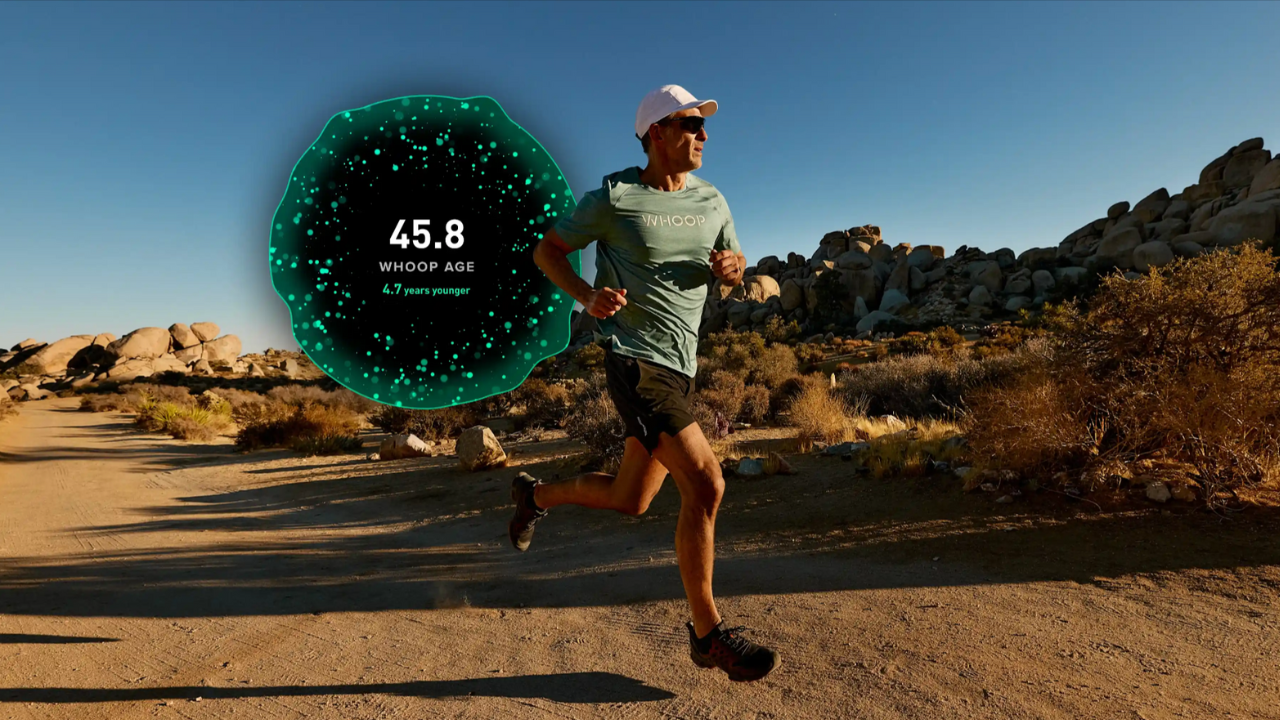Hey — if you’re reading this, you’ve probably felt the pattern: you train hard, you push through long days, you grab sleep when you can — yet you still wake up drained, unfocused, or feeling like you’re one step behind. The culprit might not be your workouts or your diet alone — it might be how well your nervous system recovers. And that’s where Heart Rate Variability (HRV) comes in.
HRV is simply the variation in time between each heartbeat. Sounds small, right? But it’s one of the most powerful signals your body gives you about readiness, recovery, stress and performance. Think of every heartbeat as a drum-beat. When your body is well-rested and ready, those beats are like a jazz band playing with slight variations — dynamic, flexible, ready for whatever comes next. When you’re tired, stressed or over-training, it’s more like a rigid metronome — predictable, stuck, less adaptable.
Why it matters now
-
By your 40s, life kicks in harder: greater responsibilities, travel, work stress, family demands. Sleep becomes less consistent. Recovery takes longer. Hormones shift.
-
When HRV is high: you’re likely rested, your brain clears faster, your workouts hit harder, you bounce back sooner.
-
When HRV is low: you might feel foggy, get sick more easily, stall in training, or hit “slump days” out of nowhere.
-
Using just hours of sleep or steps per day? That’s a blunt tool. HRV gives you a smart mirror into how ready your body really is.
What someone in your shoes should ask
-
“How ready is my body today to train hard, recover, or think clearly?”
-
“Is my long week catching up to me?”
-
“Am I making the most of my sleep and recovery, or am I just going through the motions?”
If you’re training, working, or living hard — HRV is one number (among many) that helps you answer those questions.
How wearables make HRV work for you
Tracking HRV isn’t about some niche performance metric for elite athletes only. Thanks to wearables, you can now use HRV in real life — to be smarter, not just stronger.
Oura Ring
The Oura Ring tracks HRV overnight (alongside heart rate, body temperature, sleep stages) and gives you a daily Readiness Score. That score helps you decide: train hard, moderate effort, or rest up. Instead of guessing, you’re acting on data.
WHOOP Strap
WHOOP focuses on strain (how hard your day/train was), sleep performance, and recovery. HRV is one of the core inputs into recovery readiness. If your HRV is low, WHOOP might tell you to ease up today.
These tools turn abstract signals into actionable insight:
-
See when your body is actually recovered (not just “I feel okay”)
-
Adjust training, work, recovery — based on real physiology
-
Avoid days where you push when you should rest (and vice versa)
-
Use trends to build habits, not just one-off checks
What to do starting today
Here’s a practical 30-day plan to use HRV (via wearable) to optimize your life and performance:
Week 1: Build the baseline
-
Wear your device consistently (24/7 for WHOOP, nightly for Oura)
-
Log your training load, sleep, caffeine/alcohol intake, stress.
-
In the morning, check your HRV/Readiness score, and note how you feel.
-
Don’t change anything yet — just observe.
Week 2: Start using the data
-
If HRV/readiness is above your baseline +10%, you’re good: train hard or take on more.
-
If HRV/readiness is below baseline −10%, plan for recovery: lighter workout, mobility, extra sleep.
-
Use sleep optimization strategies: consistent bed-time, low screen light, cool room.
Week 3: Adjust lifestyle variables
-
Note how late meals, caffeine, travel, work stress affect your HRV trend.
-
Include one extra recovery habit: e.g., breathing exercise, sauna, walk in nature.
-
Use the wearable’s insights to decide: “Today I’ll push” vs “Today I’ll recover”.
Week 4: Optimize for performance
-
Align high-strain days (gym, field training) with high-readiness days.
-
Align low-readiness days with recovery, planning, strategy work, light movement.
-
Review your month’s data: what improved your HRV the most? More sleep? Less travel? Better nutrition?
Why this matters more than you think
Ignoring HRV is like sending your car out without checking the oil — you might be fine for now, but risks build up. When HRV stays low, things stack: harder training leads to slower recovery, more injuries, weaker sleep, more stress — a vicious loop. Monitoring HRV gives you a guardrail that says: “Hey, you’re due a reset.”
And for men in your 40s, this matters specifically:
-
You can’t rely on youth to bounce back.
-
You’re wearing multiple hats — athlete, father, professional — and the margin for error shrinks.
-
You want not just to survive but to thrive: be alert at work, explosive in training, present at home.
HRV is your early warning system. It turns weariness into data — and data into action.
Short checklist to keep this going
-
Choose a wearable that tracks HRV (e.g., Oura Ring, WHOOP Strap).
-
Don't treat one low score as failure — look at trends.
-
Use protocol: high readiness → push. Low readiness → recover.
-
Optimize sleep, nutrition, stress outside of training time.
-
Review monthly: what habit improved your HRV the most? Replicate it.
What's Next?
You’ve already done the hard work: showing up, pushing yourself, trying to get ahead. Now let your body tell you what it really needs. By using a wearable like the Oura Ring to track your heart rate variability (HRV), sleep quality and readiness, you’re choosing to train smarter, recover faster, and live with more energy than ever before. If you’re ready to stop guessing and start optimizing your sleep, recovery and performance — click here, pick up your Oura Ring and take the first step toward a stronger, clearer, more resilient you.
You have the tool. You have the intent. Let HRV be the difference between guesswork and growth. Your body is talking — time to listen.


